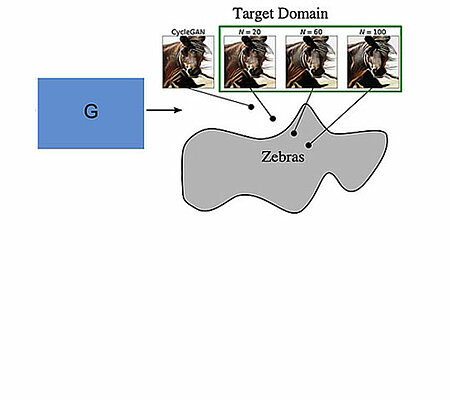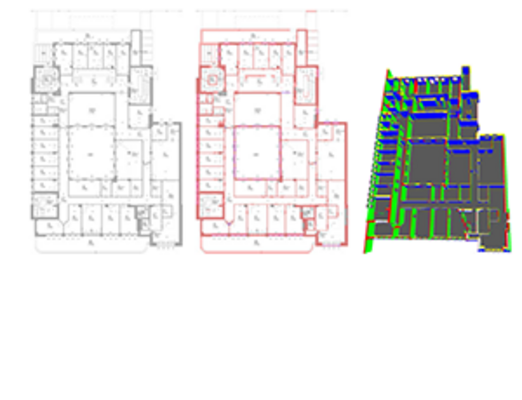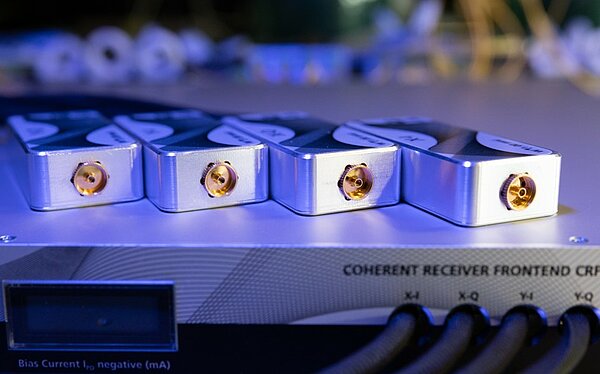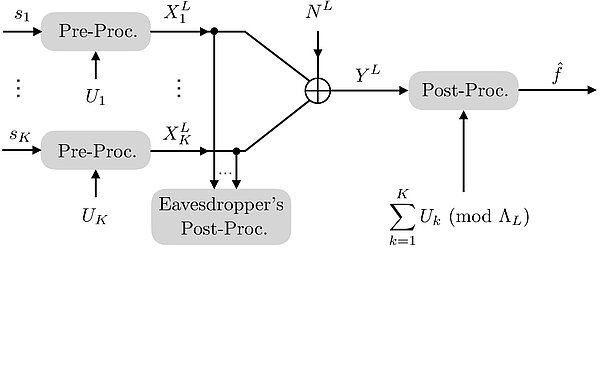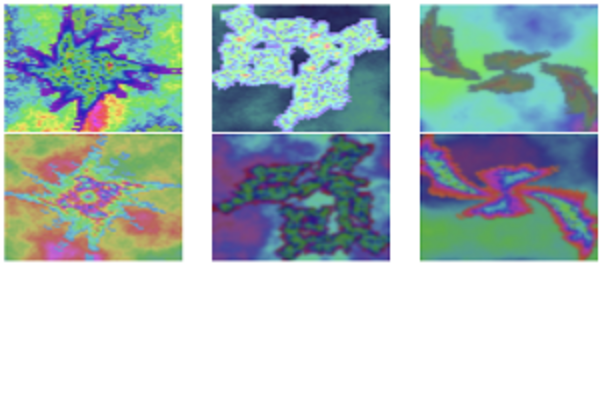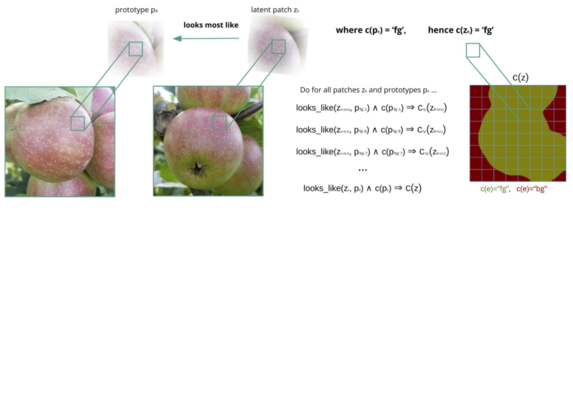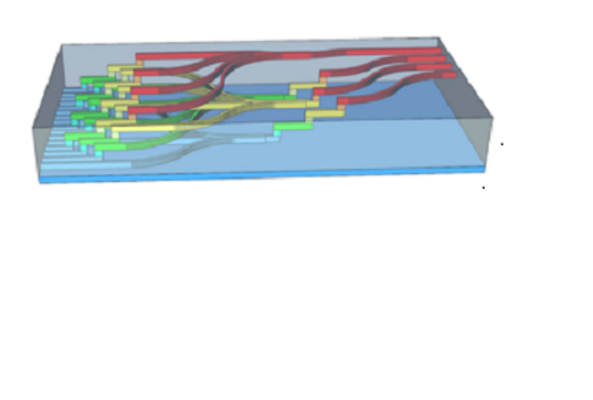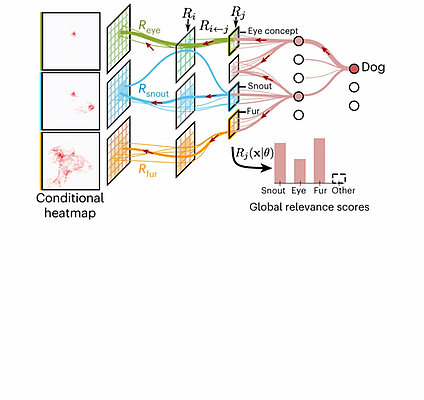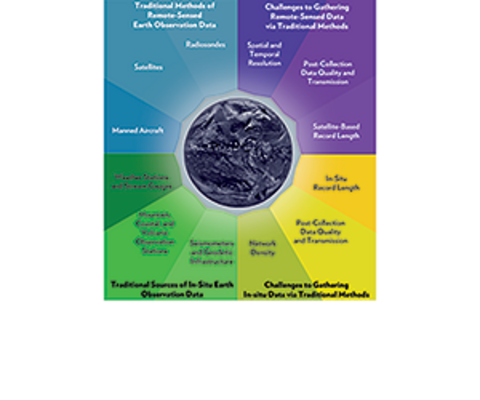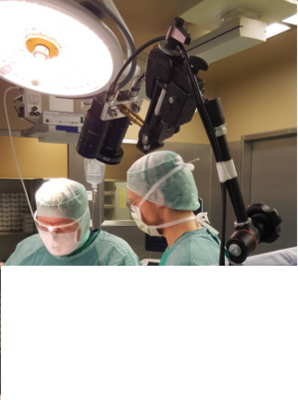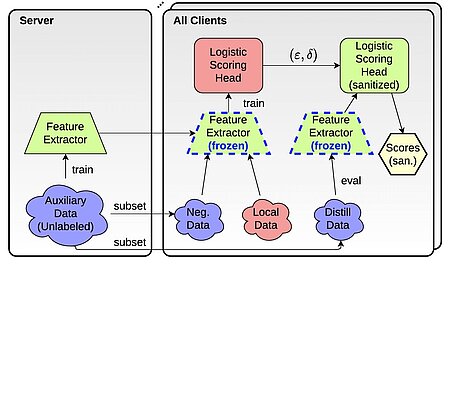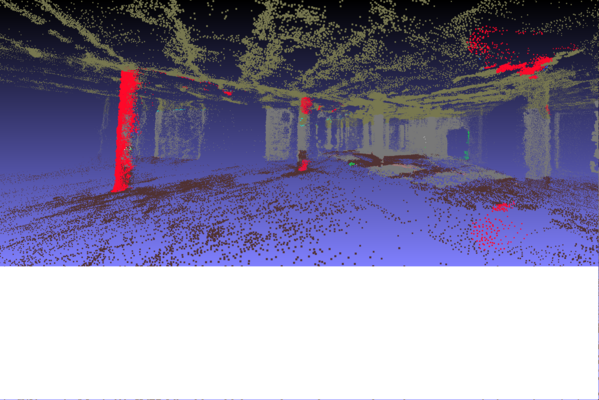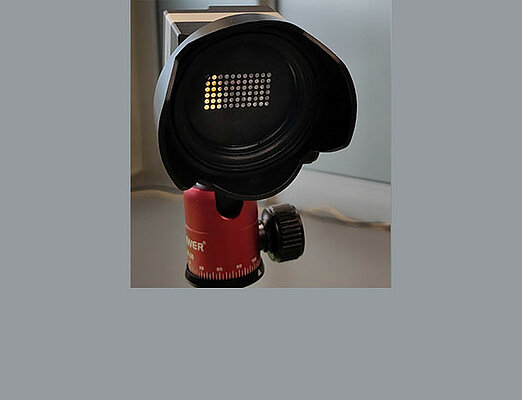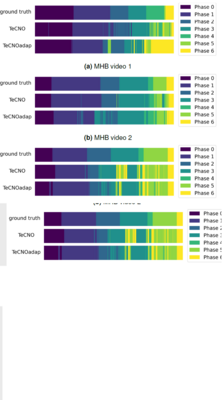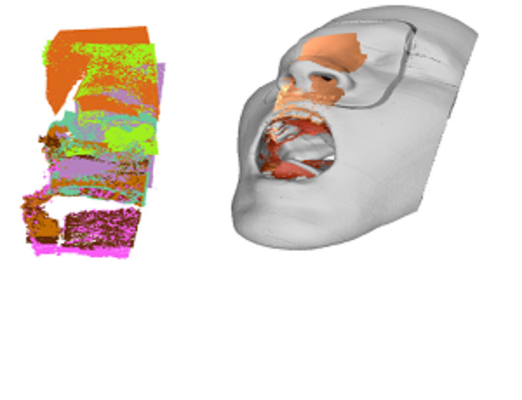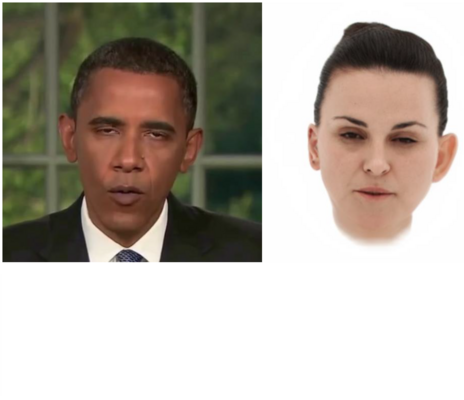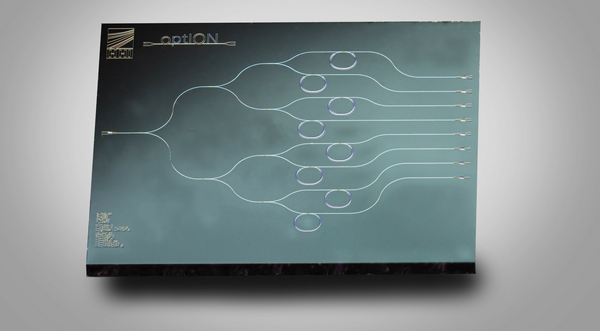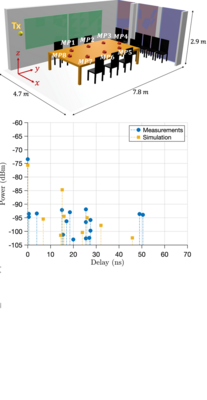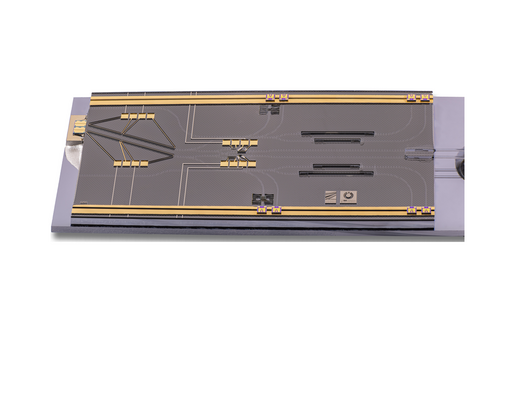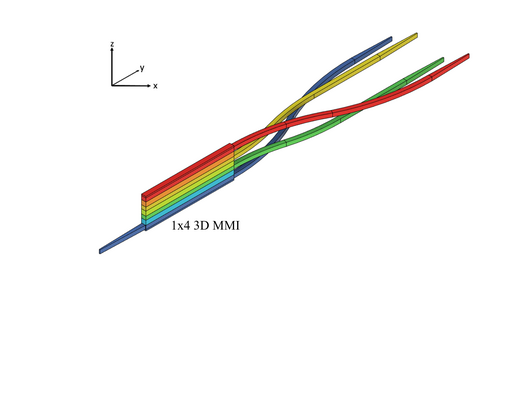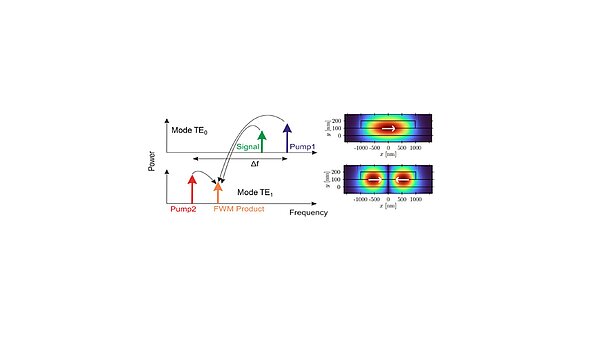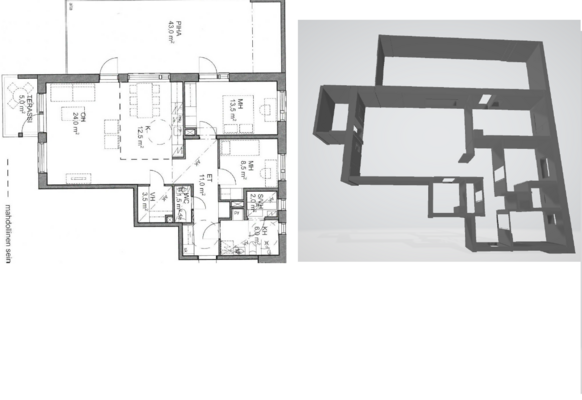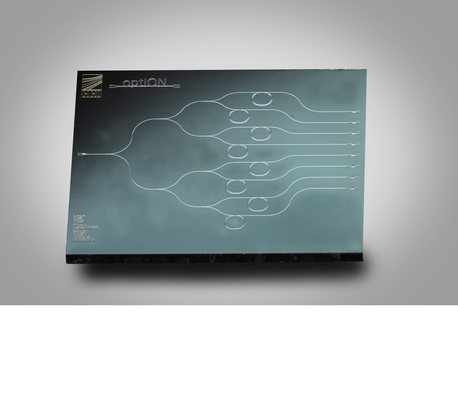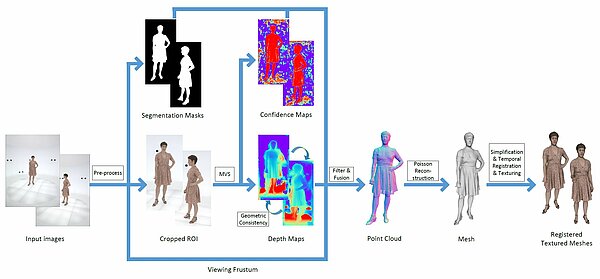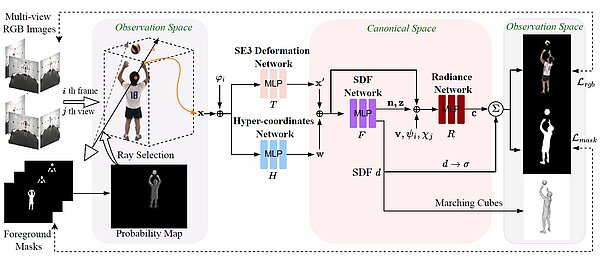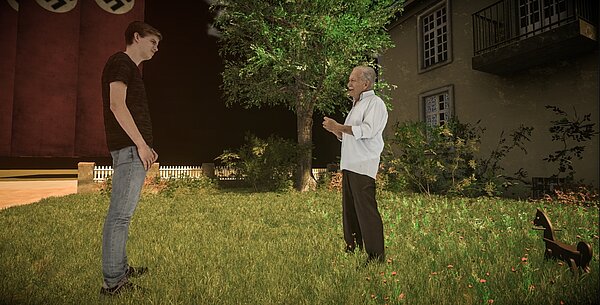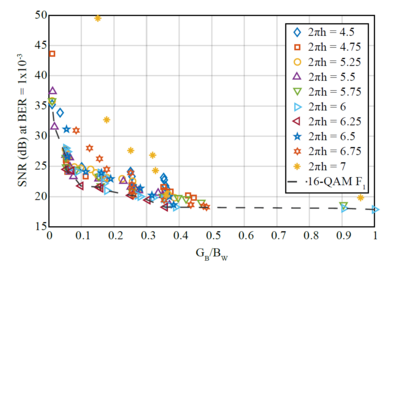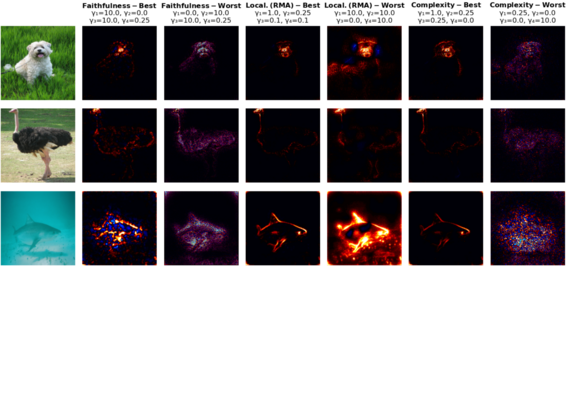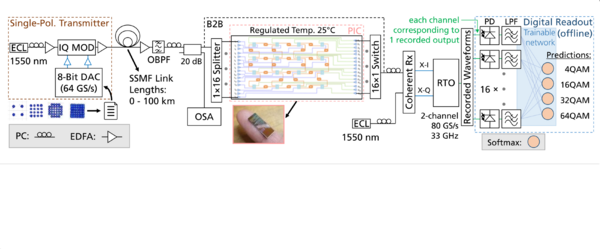Langevin Cooling for Unsupervised Domain Translation
In this paper, we show that many of such unsuccessful samples in image-to-image translation lie at the fringe—relatively low-density areas of data distribution, where the DNN was not trained very well. To tackle this problem we propose to perform...
Towards automated digital building model generation from floorplans and on-site images
We propose a system to automatically generate enriched digital models from this data, consisting of two AI modules: one for 3D model reconstruction from 2D plans and one for 6D localization of images taken within a building in the corresponding...
Characterization of C-Band Coherent Receiver Front-ends for Transmission Systems beyond S-C-L-Band
Fraunhofer HHI Researchers investigate in this publication a cost-efficient capacity upgrade of optical transmission systems by the reuse of already deployed single mode fiber. This is enabled by the benefits of other transmission bands, to...
Private and Secure Over-the-Air Multi-Party Communication
Over-the-Air Multi-Party Communication for scalable, private, secure and dependable data aggregation: This novel approach combines lattice coding, Over-the-Air computation and secure Multi-Party Communication to confidentially aggregate analog...
Pre-Training with Fractal Images Facilitates Learned Image Quality Estimation
Current image quality estimation relies on data-driven approaches, however the scarcity of annotated data poses a bottleneck. This paper introduces a novel pre-training approach utilizing synthetic fractal images. The proposed method is tested on...
A Differentiable Gaussian Prototype Layer for Explainable Fruit Segmentation
We introduce a GMM Layer for gradient-based prototype learning. It is used to cluster feature vectors by computing their probabilities for each gaussian and using the soft cluster assignment for prediction. Hence prototypical image regions can be...
Design and Fabrication of Crossing-free Waveguide Routing Networks using a Multi-layer Polymer-based Photonic Integration Platform
A novel 16x4 crossing-free waveguide routing network on four layers of polymer-based stacked waveguides is presented. The design and fabricated device combine in-plane passive waveguide structures with vertical multimode interference couplers to...
From Attribution Maps to Human-Understandable Explanations through Concept Relevance Propagation
We introduce the Concept Relevance Propagation (CRP) approach, which combines the local and global perspectives and thus allows answering both the ‘where’ and ‘what’ questions for individual predictions. We demonstrate the capability of our...
When it comes to Earth observations in AI for disaster risk reduction, is it feast or famine? A topical review
Given the number of in situ and remote (e.g. radiosonde/satellite) monitoring devices, there is a common perception that there are no limits to the availability of EO for immediate use in such AI-based models. However, a mere fraction of EO is...
From Multispectral-Stereo to Intraoperative Hyperspectral Imaging: a Feasibility Study
Spectral imaging allows to analyze optical tissue properties that are invisible to the naked eye. We present a novel approach using two multispectral snapshot cameras covering different spectral ranges as a stereo-system. The proposed method...
FedAUX: Leveraging Unlabeled Auxiliary Data in Federated Learning
In this work, we propose FEDAUX, an extension to Federated Distillation, which, under the same set of assumptions, drastically improves the performance by deriving maximum utility from the unlabeled auxiliary data. Our proposed method achieves...
Hybrid semantic clustering of 3D point clouds in construction
In this work, we present an artificial intelligence (AI)-based semantic segmentation approach for three-dimensional (3D) point clouds which were generated from 2D images with a structure from motion (SfM) pipeline. We utilize state-of-the-art...
3D Hyperspectral Light-Field Imaging: a first intraoperative implementation
Hyperspectral imaging is an emerging technology that has gained significant attention in the medical field due to its ability to provide precise and accurate imaging of biological tissues. The current methods of hyperspectral imaging, such as...
Surgical Phase Recognition for different hospitals
Surgical phase recognition is an important aspect of surgical workflow analysis, as it allows an automatic analysis of the performance and efficiency of surgical procedures. A big challenge for training a neural network for surgical phase...
Automatic Registration of Anatomical Structures of Stereo-Endoscopic Point Clouds
In this paper, we present an analysis and registration pipeline for confined point clouds acquired by stereo endoscopes into a fused representation. For a coarse registration, TEASER is applied, while a refinement is conducted utilizing...
Video-Driven Animation of Neural Head Avatars
We present a new approach for video-driven animation of high-quality neural 3D head models, addressing the challenge of person-independent animation from video input.In order to achieve person-independent animation from video input, we introduce...
Unsupervised learning of style-aware facial animation from real acting performances
This paper presents a novel approach for text/speech-driven animation of a photo-realistic head model based on blend-shape geometry, dynamic textures, and neural rendering. Training a VAE for geometry and texture yields a parametric model for...
Eight-channel SiNx microring–resonator based photonic biosensor for label-free fluid analysis in the optical C-band
A lab-on-a-chip multichannel sensing platform for biomedical analysis based on optical silicon nitride (SiNx) microring-resonators (MRR) was established. The resonators were surface functionalized and finally combined with a microfluidic chamber...
Diffuse-scattering-informed Geometric Channel Modeling for THz Wireless Communications Systems
This paper validates an in-house three-dimensional ray-launching (3D-RL) algorithm with a channel sounder measurement campaign that has been performed in a typical indoor environment at 300 GHz.
A hybrid photonic integrated signal source with > 1.5 THz continuous tunability and < 0.25 GHz accuracy for mmW/THz applications
We present a hybrid photonic integrated mmW/THz signal source, which comprises two tunable lasers and on-chip wavelength meters. The continuous wavelength tunability of a single laser is over 12 nm (1.5 THz), and the wavelength meter accuracy is...
1x4 Vertical Power Splitter/Combiner: A Basic Building Block for Complex 3D Waveguide Routing Networks
A novel polymer-based 1x4 vertical multimode interference (MMI) coupler for 3D photonics is presented. It connects four vertically stacked waveguide layers with a spacing of 21.6 µm. The functionality is demonstrated on a fabricated device.
Optimization of Ultra-Broadband Optical Wavelength Conversion in Nonlinear Multi-Modal Silicon-On-Insulator Waveguides
Ultra-broadband wavelength conversion is identified as one of the key issues in future high capacity, flexible optical networks. In this contribution, methods to optimize the design of a multi-modal high-nonlinear SOI waveguide to achieve...
Automatic Reconstruction of Semantic 3D Models from 2D Floor Plans
Digitalization of existing buildings and the creation of 3D BIM models is crucial for many tasks. Of particular importance are floor plans, which contain information about building layouts and are vital for construction, maintenance or...
Eight-channel SiNx microring–resonator based photonic biosensor for label-free fluid analysis in the optical C-band
A lab-on-a-chip multichannel sensing platform for biomedical analysis based on optical silicon nitride (SiNx) mi- croring-resonators (MRR) was established. The resonators were surface functionalized and finally combined with a microfluidic...
Accurate human body reconstruction for volumetric video
In this work, we enhance a professional end-to-end volumetric video production pipeline to achieve high-fidelity human body reconstruction using only passive cameras.We introduce and optimize deep learning based multi-view stereo networks for...
Dynamic Multi-View Scene Reconstruction Using Neural Implicit Surface
In this paper, we propose a template-free method to reconstruct surface geometry and appearance using neural implicit representations from multi-view videos. We leverage topology-aware deformation and the signed distance field to learn complex...
Preserving Memories of Contemporary Witnesses Using Volumetric Video
Oliver Schreer, Peter Eisert, Ingo Feldmann, Anna Hilsmann, Sylvain Renault, Marcus Zepp, Wieland Morgenstern, Rodrigo Mauricio Diaz Fernandez, Markus Worchel
Increasing the power and spectral efficiencies of an OFDM-based VLC system through multi-objective optimization
In order to minimize power usage and maximize spectral efficiency in visible light communication (VLC), we use a multi-objective optimization algorithm and compare DC-biased optical OFDM (DCO-OFDM) with constant envelope OFDM (CE-OFDM)...
Optimizing Explanations by Network Canonization and Hyperparameter Search
Rule-based and modified backpropagation XAI methods struggle with innovative layer building blocks and implementation-invariance issues.
In this work we propose canonizations for popular deep neural network architectures and...
Experimental Demonstration of Optical Modulation Format Identification Using SOI-based Photonic Reservoir
We experimentally show modulation format identification in the optical domain using Silicon-on-Insulator-based Photonic-Integrated-Circuit (PIC) reservoir. Identification of 32 GBd single-polarization signals of 4QAM, 16QAM, 32QAM and 64QAM is...
